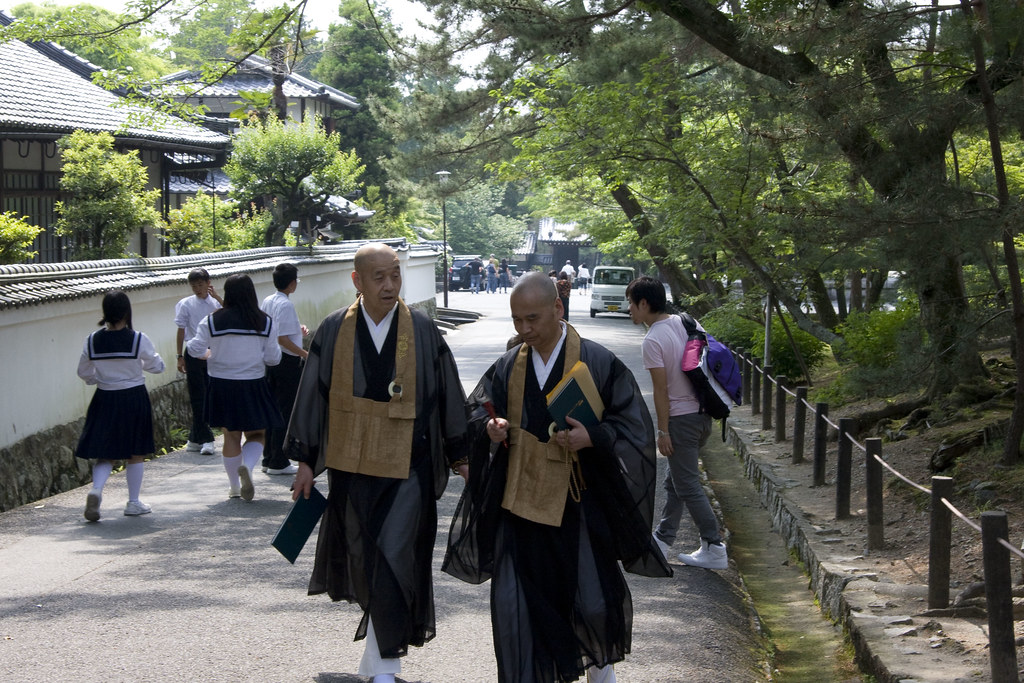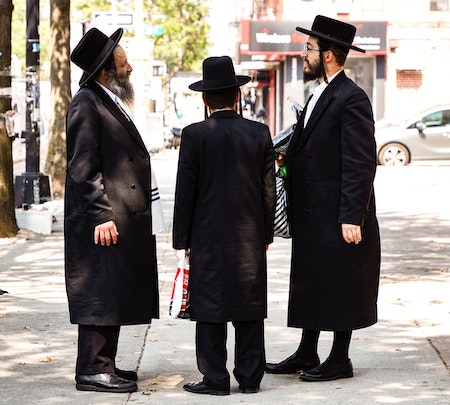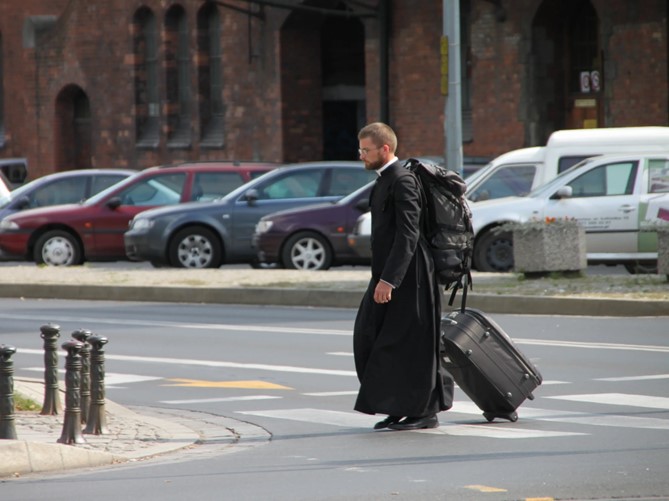In a world hurtling towards chaos and teetering on the brink of collapse, we’re left reviewing the rituals and customs ingrained in our societies to find what brings us into the future and what’s holding us back. One practice holding us back is our devotion to dressing up for the divine and the fairytale “hereafter.” . Why wear Religious Clothing for a god who’s existence can not be proven?

clothing differs throughout cultures, and Sometimes, it’s a beautiful tapestry of diverse traditions. Other times, it’s controlling, like the many religions that require us to deck ourselves out in god-approved religious clothing.

Religions, the custodians of divine fashion, have a knack for dictating what we should wear to appease our higher powers. Whether it’s a turban, a yarmulke, a hijab, or a cassock, there’s always a divine dress code. But why? Do the gods have a secret fashion line we’re not aware of? Is there a celestial catwalk where they judge our outfits?
Is there a mystical connection between your favorite team’s jersey and your preferred god’s wardrobe? Why is your devotion to the Lakers a nod to the heavenly purple robes of a cosmic deity? It’s time to face reality – the only divine intervention in sports is the occasional Hail Mary pass.
We demand evidence for everything in life, from the existence of black holes to the nutritional value of kale. Why do we exempt mythology and cultural programming from the burden of proof?
Where is Religious Clothing Appropriate?
The courts should not provide exemptions because of your costume called religious clothing; if you’re in prison or working for Tommy’s Timber Company, nor should you be fired if you’re gay and work for Hobby Lobby or a teacher working in a Catholic or Evangelical Fundamentalist school.

In this era of reason and enlightenment, it’s exhausting that we’re still clinging to tired old myths. Above all, If you can’t prove the existence of your god, why are we publicly dressing up for the community? It’s like preparing for a job interview with an imaginary employer. Let’s swap the godly garb for some critical thinking.
And here’s the kicker – why is it predominantly women who are given the dress code memo? From head coverings to ankle-length skirts, the burden of divine fashion falls heavily on their shoulders. While women are forced to wear head coverings. Men get a pass to wear whatever they please. Isn’t it time to debunk the notion that god prefers a dress over trousers?
Where Do we Dress From Now On?
As we question the divine in everyday life, we can’t ignore the relics in our graveyards. The Defense Department’s penchant for erecting crosses in the final public resting places of the departed raises eyebrows. Would a rifle and helmet not be a more inclusive representation of those who sacrificed their lives?
In light of our collapsing world, it’s time to shed the unnecessary baggage of divine dress codes. Let’s embrace a more inclusive, rational approach to life. One where what we wear and how we honor the departed reflects the diverse tapestry of our shared humanity. And where “We Are All Children of the Same Universe.”
Check out our article on how Idaho wants to ban gay marriage, and its section of Mormon dressing requirements:
George Freeman,
Presiding Chaplain Universal Life Church Monastery

